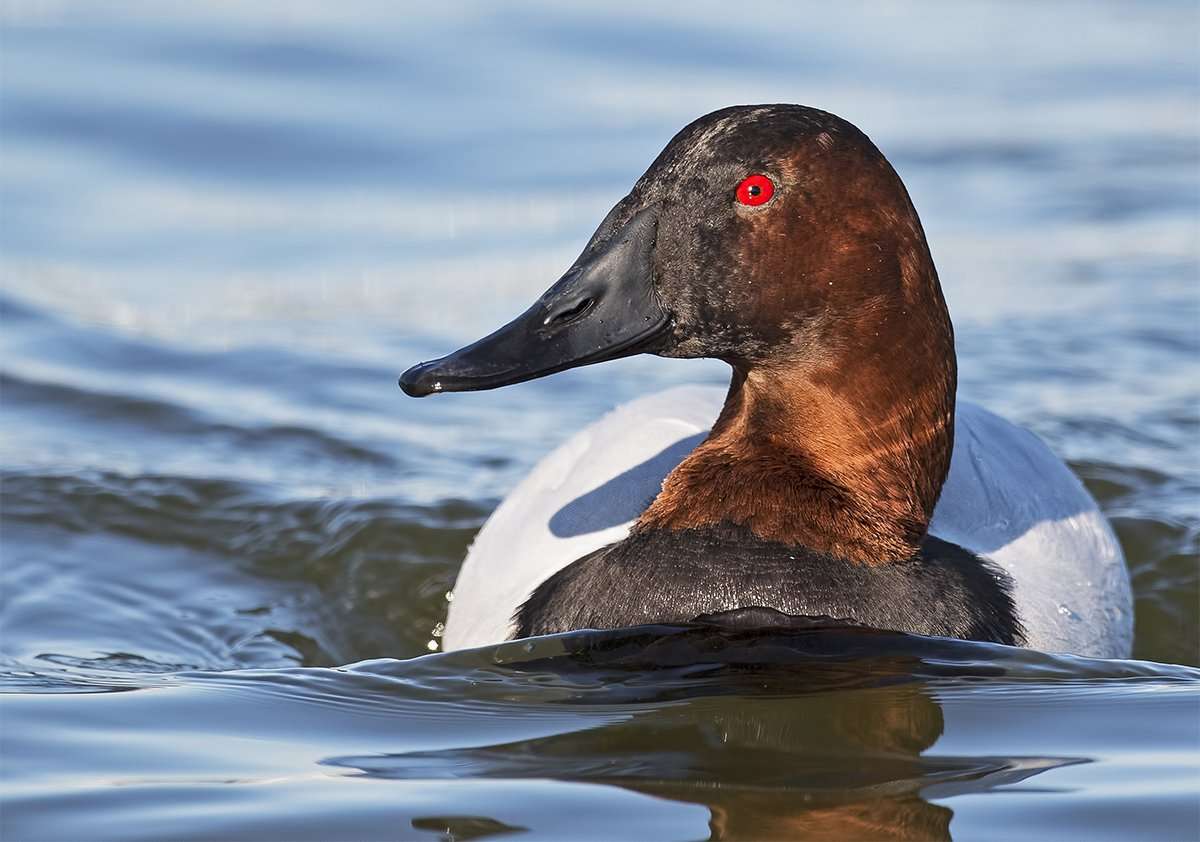Major Fronts Keeping Divers, Mallards and Geese on the Move
Date: Nov. 9
Location: Flyway-wide, trending toward the northern and Midwestern states.
Major Weather Trends
Several major fronts, unseasonably cold weather and numerous days with northerly winds have had the migration in full force since late October. Forecasts call for teens and single digits early Nov. 10 in Minnesota and northern Wisconsin, so many marshes, small lakes and boat launches will freeze over. However, temperatures will moderate somewhat the next several days, so hunters should continue to enjoy good shooting. Parts of Minnesota and northern Wisconsin have already received several inches of snow, but most of the northern portion of the flyway remains clear of the white stuff.
Water and Habitat Conditions
Portions of Minnesota and central and southern Wisconsin were fairly wet after substantial October rains. Tony Vandemore, who operates Habitat Flats near Sumner, Missouri, said water levels there were OK but that habitat conditions are good. Realtree.com waterfowl content contributor and avid Southern duck hunter James Buice said habitat conditions in Arkansas and the Mississippi Delta were good, but that water conditions in Arkansas were iffy because of new state-mandated timber-flooding practices.

Species and Numbers
First, a remarkable note, courtesy of an article in the Nov. 5 Duluth News-Tribune, brought to our attention by Realtree.com contributor Joe Shead. As of Tuesday (Oct. 31), an estimated 930,000 ring-necked ducks were observed on Rice Lake National Wildlife Refuge near McGregor, according to Steve Cordts, waterfowl specialist for the Minnesota Department of Natural Resources. That total is far above previous recorded counts on the 4,500-acre Rice Lake within the refuge and represents the largest flock of ducks ever recorded in Minnesota, Cordts said.
Needless to say, the diver migration is peaking, and reports to the east and south back that up. Shead said Chequamegon Bay, Wisconsin, held loads of buffleheads and other diving ducks in late October and early November.
North-central Minnesota had good hunting opportunities on big water, as smaller lakes started to freeze, he said. A buddy got four on Saturday and six on Sunday — mostly ringers, along with a bluebill, a gaddie, a mallard and even a wood duck.
Jeremy Dersham, owner of Ridge and River Running Outfitters, who guides hunters on Pool 9 of the Mississippi River between Iowa and Wisconsin, reported seeing great numbers of buffleheads, canvasbacks, mallards and other ducks. The bluebill migration seemed to be at peak on central and eastern Wisconsin waters, and mallard numbers were strong, too.
Farther south, Vandemore said his area has more mallards than it typically does at this time. Bird numbers are strong, and we had a good push of new birds yesterday, he said.
Personal Hunting Report
Hunting in mid-October yielded mixed bags, including mallards, shovelers, gadwall, wigeon, wood ducks and Canada geese. As of early November, however, scaup have dominated, and open-water action has been productive, provided you can get near the X.
Boat Ramp Chatter
Farmers continue to cut corn where it's sufficiently dry, opening up many new field-hunting opportunities for honkers and mallards. And with cold weather in the forecast, that should only get better. Also, many hunters have reported seeing more light geese in Wisconsin and Minnesota. Time will tell whether it's part of a subtle migration shift or just an anomaly.
Upcoming Patterns/Hotspots
We have swans showing up today, Dersham said Nov. 6. The migration is on and will be getting good with the next front and west or northwest winds.
Smaller waters will begin to freeze, concentrating large puddle ducks and pushing many birds south. Diver hunting should remain good for a while, but hunters will likely see some bluebills depart and witness an influx of buffleheads and goldeneyes.
Click here for more Realtree waterfowl hunting content. And check us out on Facebook.







